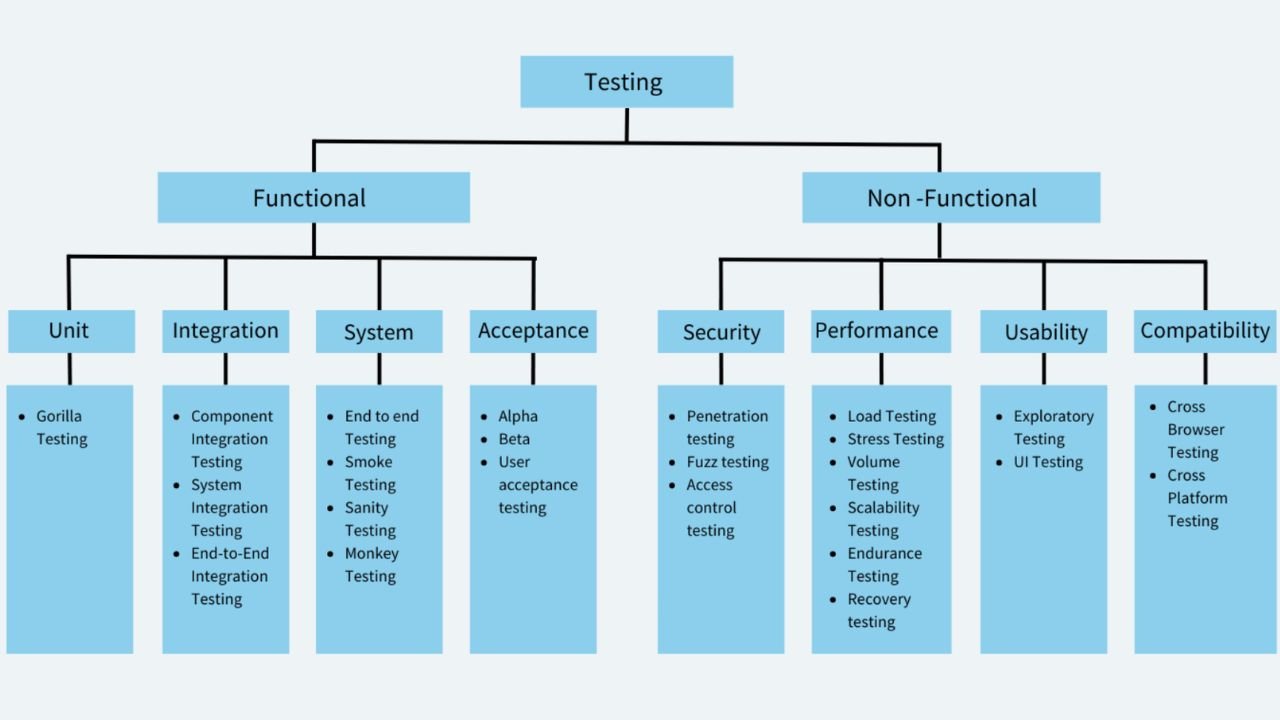You’ve probably heard that you should include a certain number of keywords per ad group, although no one is saying how many exactly. What is the right number? How many is too many or too few? In this article, we’re going to break it down for you. We’ll give you some tips on how to determine the right number of keywords for your ad groups, and we’ll also share some best practices to help you make the most of your keywords.
What Is an Ad Group in Google Ads?
You’ve probably heard of campaigns and ad groups before, but what actually is an ad group? Ad groups are structure within Google Ads campaigns. Each ad group contains one or more keywords and the ads associated with those keywords. By creating ad groups and organizing your campaign in a certain way, you can better control how much you’re spending on each keyword, and therefore optimize advertising budget.
Ad groups are vital for organizing your campaigns efficiently. If you’re in the business of boosting your online presence, like on YouTube, Twitch, Instagram, TikTok, Facebook, and other social media platforms, consider using a service like SubscriberZ. Just as you segment your ad groups for different types of shoes, SubscriberZ helps segment and target your audience, boosting your followers, likes, and subscribers effectively. This level of organization ensures your promotional efforts are precise and yield the best results.
What Is the Recommended Number of Keywords Per Ad Group?
Now that you’ve got a good idea of the importance of ad groups and keyword segmentation, you’re probably asking “how many keywords should I use for Google ads?”
The answer to this question depends on your particular industry and how competitive it is. Generally speaking, the more targeted your ad groups are, the better results you’ll see from them. You want to ensure that each keyword is related to the advert itself and that each ad group contains a manageable number of keywords.
So, as a starting point, aim for about 10–20 keywords for every ad group. In highly competitive industries, you can start with as few as 5–10 keywords per group; in less competitive markets, 20–30 may be appropriate. You can always adjust this number as needed after testing and tracking your campaigns over time.
What Are the Benefits of Investing in More Keywords Per Ad Group?
When it comes to keyword planning, it’s tempting to want to cast a wide net and include as many keywords as possible in each ad group. After all, the more keywords you have, the more potential traffic you can bring in, right?
Not so fast. cramming too many keywords into an ad group can actually have the opposite effect, causing your ads to be less relevant (and therefore less effective) to users. This is because the more keywords you include, the more difficult it becomes to create tightly themed ad groups that are laser-focused on a specific topic or product.
That’s why it’s important to invest in more keywords per ad group. By doing so, you’ll make it easier to create highly relevant ads and improve your chances of getting your ads seen by users who are actively searching for your products or services.
How to Monitor Performance With Ad Groups
Once you’ve settled on the number of keywords appropriate for each ad group, the next step is to monitor performance to make sure that you’re getting the best results.
If you notice that a certain keyword isn’t performing as well as you’d like, try adjusting it or replacing it with other related keywords. You can also tweak your ad copy for better performance. Keep track of your changes and how it affects overall performance, and don’t be afraid to experiment by testing different keywords and ad copies.
Also, pay close attention to the clicks per conversion rate. This will help you determine which of your ads are working and which ones aren’t, so that you can continue investing in those that are bringing in more sales or leads.
What Should You Keep in Mind When Choosing Keyword Numbers?
You want to find the sweet spot when it comes to keyword numbers. Not too few, where your ads won’t be seen, and not too many, where your budget will be blown before you’ve had a chance to make a profit. So how do you find that magical middle ground?
First, consider your target audience. What are they searching for? What are their needs and wants? Take those keywords and group them together into related ad groups. This will help you determine how many keywords to include in each group.
Then, use Google’s Keyword Planner to estimate how many clicks each of your groups is likely to get. This will help you understand how much traffic each group is likely to generate, and adjust your keyword numbers accordingly.
How Do You Decide on the Right Number of Keywords to Include in an Ad Group?
When you are deciding on the right number of keywords in an Ad Group, the general rule of thumb is 10-20 keywords. This gives you a good balance between making sure that your ad is targeted and that you’re not exhausting your budget on too many low-value clicks.
However, as in most cases, there is no one-size-fits-all approach here. If you’re looking to target a wide range of search terms, you may need to have more keywords than if you’re targeting a specific niche. That being said, when it comes to deciding the right number of keywords for your ad group, it pays to do your research.
The best way to decide how many keywords to add is by analyzing your current performance and seeing what works for you. Take a look at your data and see which campaigns are underperforming and which ones are driving conversions. This will give you insight into what kind of search query patterns work best for certain products or services so that you can adjust your ad groups accordingly
Should You Be Using Phrase Match and Negative Keywords?
When you’re deciding how many keywords to have in your ad group, it’s important to consider phrase match and negative keywords. Phrase match is a useful tool to help you better target relevant searches, while negative keywords will help you avoid showing your ads for search queries that are not related to your business.
For example, if you have a pet shop, you could use phrase match for searches like “buy cat food” and “pet supplies”. While for negative keywords, you should consider terms like “cheap” or “free” since these are unlikely to convert into sales.
As a general guideline, try to include at least 20-30 phrases or negative keywords that are relevant to your ad group. This helps ensure that your ads appear only when they should and not when irrelevant search queries come up. With the right keyword strategy in place, you can improve the performance of your campaigns and increase conversions.
How Do You Optimize Your Ads with the Right Keyword Targeting?
If you want to optimize your ads with the right keyword targeting, you’ll need to be thoughtful about which keywords you include and exclude. And the key here is to be aware of how many keywords you’re including in each ad group.
Too many keywords can make it difficult for your ad delivery system to prioritize ads properly, resulting in a decrease in your advertising performance and conversions. On the other hand, having too few keywords can leave out important user queries that could have driven better results.
The ideal number of keywords per ad group varies depending on your goals and target audience, but I find that keeping it between 20-40 keywords is a good rule of thumb. This range ensures that you’re capturing as many relevant search queries as possible without overly taxing your ad delivery system.
Conclusion
So, how many keywords should you include in each ad group? The answer is: it depends. The number of keywords you include will depend on a variety of factors, including your budget, your target audience, and your business goals.
But, as a general rule, you should try to include as many as possible in each ad group. This will help you to target as many potential customers as possible, and it will help you to achieve your business goals. So, don’t be afraid to experiment with different keyword combinations, and see which ones work best for you and your business. Now you know how many keywords in Google ads. Thanks for reading!



